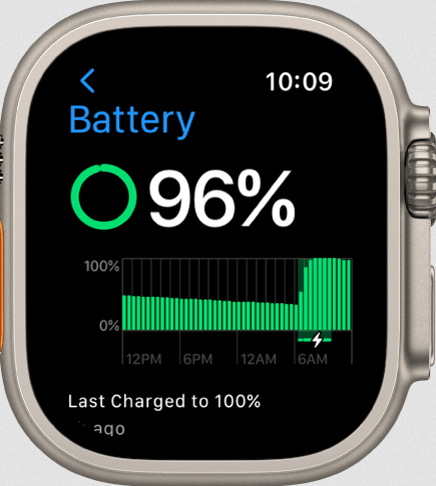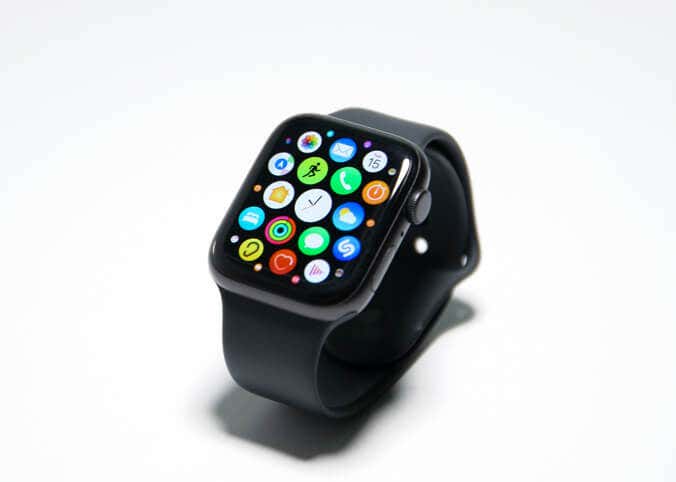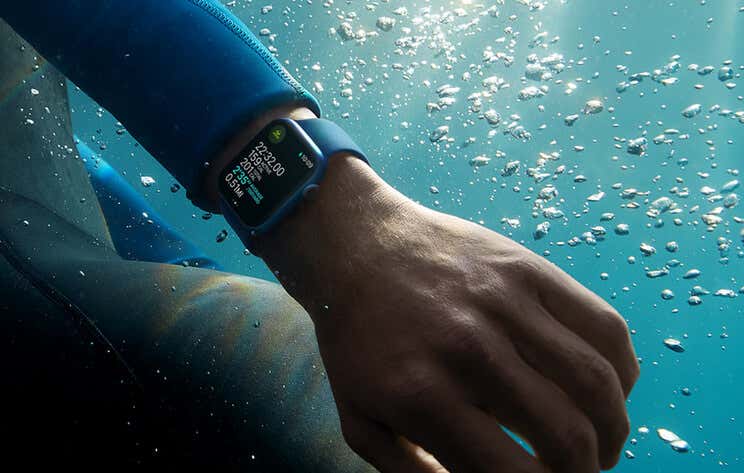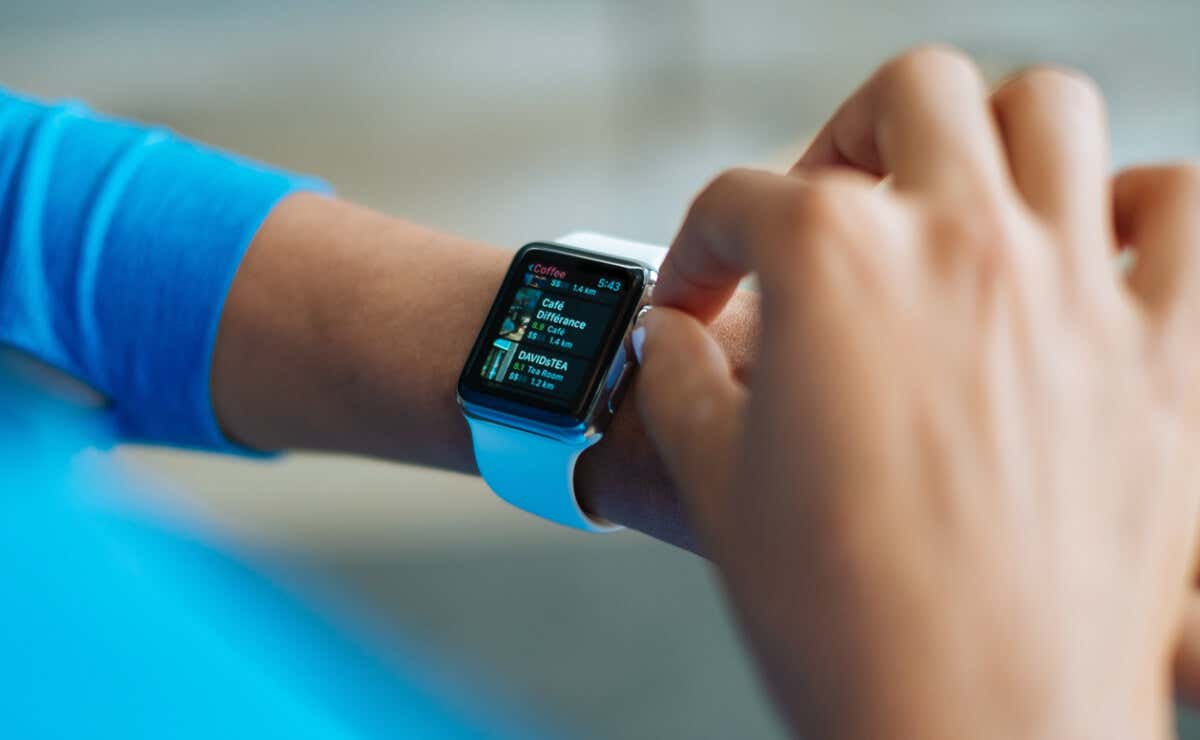It's not easy to answer, but we try
As technology advances and wearable devices become more and more popular, the question arises: how long do these devices actually last? Apple Watches have been taking the world by storm since their launch in 2015.
Whether you want to stay connected with notifications or keep track of your fitness goals, this device can do it all. But while it offers many features for users, there is always a concern about its lifespan. Just how long do Apple watches last?
How Long Does an Apple Watch Last?
It’s not easy to answer how long an Apple watch lasts. There are different factors that need to be considered, such as the operating system your Apple watch supports, its battery life span, how you use it, and if the watch has any physical damage. Let’s look at these variables individually.
Your Apple Watch Model
The newest Apple Watch models are Series 8, Apple Watch SE 2 (Gen 2), and Apple Watch Ultra. They have been significantly improved compared to the older Apple Watch models. But we don’t know yet how long their lifespan is since they’re still so new on the market. We have to look at the older models and come up with the conclusion ourselves since Apple doesn’t talk about lifespan beyond what it backs with its warranty.
In 2022 Apple completely discontinued Apple Watch Series 3, as it wouldn’t support the latest WatchOS 9 and it won’t receive any new software updates. That doesn’t necessarily mean this model will stop working. It just won’t receive any updates, and its performance will severely drop.
Apple Watch Series 3 was first released in 2017, and it was discontinued in 2022. That means it received OS updates for five years. This is consistent with how long other Apple devices like iPhones and iPads receive their updates. It seems we can expect the new Apple Watch models to continue being supported for at least five years, even if newer models come out in the meantime.
Apple Watch Battery Life
Aside from the operating system, we have to consider the battery lifespan. Apple never focused too much on battery life when it comes to their products. It’s simply not its selling point. Perhaps that’s why the battery life difference between Series 7 and Apple Watch Ultra is not such a big deal. Both have around 18 hours of battery life between charges. This number includes regular daily use of checking the time, phone calls, receiving notifications, and using apps such as Fitbit or sleep tracking.
No matter which Apple Watch you have, you can expect you’ll have to change its battery at some point. But that won’t happen for at least a couple of years after you purchase it unless there is some factory fault involved. Applecare warranty covers factory faults, but if your battery gets worn out over time, you’ll have to pay for the replacement.
The battery health is displayed as a percentage in the battery settings. If it drops below 50%, you may want to replace the battery in order to prolong your Apple Watch’s life. You’ll also need an authorized Apple service center in order to replace the battery.
How You Use Your Apple Watch
The lifespan of your Apple Watch will greatly depend on how you use it. How often do you check the time? Do you wear it all day long? Are the background apps always running? Do you prefer Apple Watch animations over the stationary background? How bright is your Apple Watch screen? All the answers to these questions will influence your Apple Watch lifespan because the more you use it, the quicker the hardware performance drops.
That doesn’t necessarily mean you can’t use your Apple Watch how much you want. Perhaps you should just be mindful of its use, and follow some of the tips on how to prolong your Apple Watch life, given at the end of this article.
Physical Damage to Your Apple Watch
Physical damage to your Apple Watch can reduce its lifespan. Sometimes, physical damage is hard to avoid, and accidents happen all the time. All smartwatches have sensitive hardware. One of the most used parts of an Apple Watch is its digital crown. You’ll use it to interact with all the apps. Over time, it can get pretty worn out and it can start performing poorly.
Although newer Apple Watch models have a water resistance rating of 100 meters under ISO standards, and water is perfectly safe around it, you should avoid submerging it in other liquids as they can damage your device. It’s advised to avoid using alcohol or even soapy water for cleaning your Apple watch, as they are abrasive and could lead to unexpected damage.
You can repair some physical damages such as a cracked screen, or worn-out digital crown. But this can be very costly, and in some cases, it’s simply more efficient to invest in a new Apple Watch, especially if it’s an updated newer model.
How to Prolong Your Apple Watch’s Lifespan
If you want to extend the lifespan of your Apple Watch, you’ll have to reduce the overall usage. This will destress your smartwatch and unburden its battery. It’s the number of charges that counts as the Apple Watch’s lifespan.
So, to make it last longer, you’ll need to prolong the time between the charges. Here are some tips on how to do that:
- Minimize screen time. Active screen time is the greatest drain on the battery. Set your Apple Watch to turn off the screen when you set your arm to your side. If you turn off the always-on display, you’ll reduce battery usage by up to 50%.
- Turn specific sensors off. For example, it takes a lot of battery power to run a heart rate monitor at all times. If you’re at a gym, turn the heart rate monitor off, and use the one on the gym equipment. You can always turn it back on when such equipment is unavailable. However, you should know that the Apple Watch sensor is not the most accurate heart rate monitoring tool and you shouldn’t rely on it alone.
- Turn off background refresh. Your Apple watch is refreshing the apps in the background periodically. This drains the battery much faster. Simply toggle off all the apps you don’t want to use this feature.
- Disable background apps. The apps have a tendency to run in the background even if you don’t need them to. Always force close the apps you don’t need. To do this, browse through the apps, swipe the selected app from right to left, and then tap the close red icon to force close it.
- Limit animations. To help your Apple Watch’s battery last longer, you can toggle on the Reduce Motion feature. You can also choose a static watch face over an animated one. All animations drain the battery much faster.
- Turn on Low Power Mode. When you notice your Apple Watch battery is at 15% or under, simply turning the Low Power Mode will help it last longer.
- Keep your Apple Watch disconnected from Bluetooth and Cellular functions. They don’t need to be constantly on, especially if you wear your Apple Watch primarily to tell time and for various apps.
All in all, an Apple Watch is an important piece of technology for those looking for a smarter way to connect with the world. While there are no guarantees on its lifespan as there are external factors that can potentially affect it, most Apple Watches are designed to last up to five years depending on use.
Ultimately, the best way to ensure your watch has a long life span is to take good care of its battery and software so you can continue to reap its benefits for years to come. Charge when necessary, replace the battery occasionally, keep it away from foreign substances at all times, and use only Apple-approved accessories.










